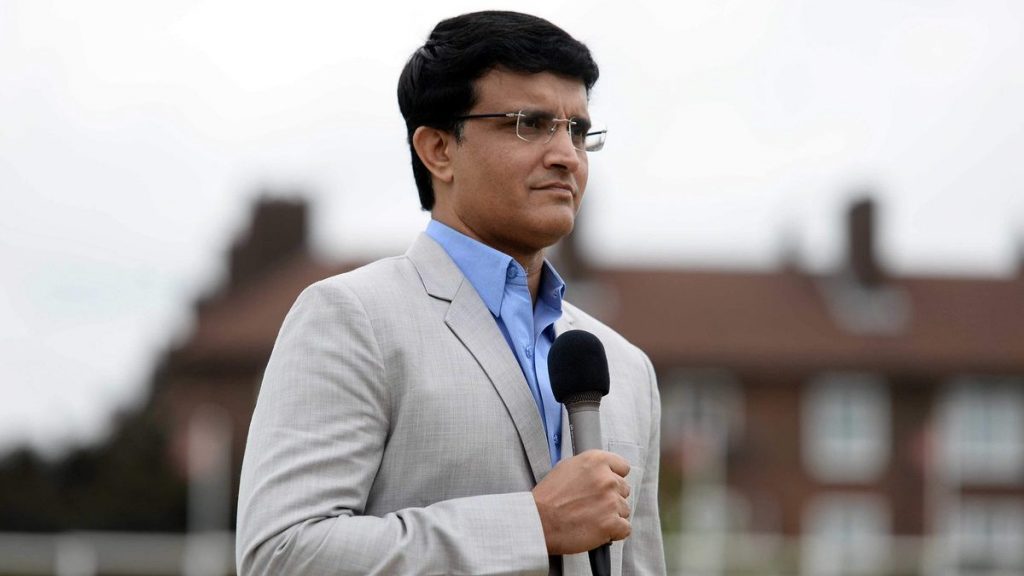5 players who joined their cricket board after retirement

Cricket has always been known as the Gentleman’s game because it is a sport which holds a sportsman spirit and assumes responsibility for one’s actions in high regard. Cricket moulds and refines not just as a player but as a human too. The metamorphosis a player undergoes while playing cricket is exemplary and prepares them for leadership roles in the future as well.
Sports bodies, like any other administrative bodies in the world, are usually run by individuals with administrative experience who are usually not related to the game. However, there have been a few instances where former cricket players have gone on to assume the role. Let us have a look at 5 players who joined their cricket board after retirement.
5. Sourav Ganguly
Sourav Ganguly, one of the most successful Indian captains, was a natural leader. He had the ability to lead from the front, motivate and back his players and never backed down even in the face of adversity. His popularity and understanding of cricket in West Bengal saw him being appointed as the President of the Cricket Association of Bengal in 2015 and dada didn’t disappoint and did remarkably well as an officeholder. However, it was in October 2019, when the BCCI was unstable, Ganguly took over from the acting President CK Khanna and while the appointment was highly praised, it is yet to be seen if Dada can bring the impact off the field as he did on the field.
4. James Sutherland
James Sutherland had one of the longest-running terms as the President of Cricket Australia (CA) which went on for 17 years and his tenure saw several highs and lows. He played 4 first-class matches and 9 List-A matches as a cricketer before moving towards administration. He was appointed the President in 2001 after a successful stint as CA’s general manager of commercial affairs. He remained the President till June 2018. During his tenure at the helm, Australia won 3 World Cups and was the most successful team in the World for almost a decade. His tenure came to an abrupt end after the Sandpaper gate in 2018 when he took accountability and announced his resignation. He is easily the most successful cricketer turned board President in cricket.
3. David White
David White is a player who has succeeded as an administrator not just in cricket but rugby as well. White played in excess of 100 first-class games, but could not step up on the International stage playing just 2 Tests and 3 ODIs for New Zealand in 1990 before never being picked again. Nevertheless, he went on to become a successful rugby administrator before returning to the sport he grew up playing and has been the Chief Executive Officer of New Zealand since 2011, a period in which the Kiwis have played two World Cup Finals.
2. Graeme Smith
Appointed Test captain at the tender age of 22, Graeme Smith transformed South Africa to one of the best, if not the best Test team in the World. While South Africa continued to be a great Team after his retirement, they never achieved the heights of success they did under Smith. After his departure, a lot of players started opting for the Kolpak deal and moved to England.
Things started going from bad to worse as politics, which Smith successfully kept at bay during his tenure, got involved in the cricket board’s working and in 2019, he was called upon to take charge and was appointed as Director of Cricket South Africa in December 2019. Despite his involvement, it has been a hard few months for CSA and it is to be seen whether Smith can turn around the fortunes of South Africa, this time as an administrator.
1. Andrew Strauss
After suffering a shock defeat to Bangladesh in 2015 and not making it to the Quarter-Finals, English cricket was criticised heavily for playing an expired brand of cricket. This acted as a wake-up call and was followed by the appointment of Andrew Strauss as director of English Cricket Board (ECB), who along with captain Eoin Morgan structured a roadmap to World Cup 2019, which included drastic changes. England dropped all existing players and filled their limited-overs team with specialists. And as they say, the rest is history.
England not only won the World Cup but revolutionized limited-overs cricket especially ODIs with their ultra-aggressive, counter-attacking form of cricket. While Strauss wasn’t in office when England won the Cup as he resigned in 2018 to cater to ill wife, the former England captain who had led his country to number one Test rankings has perhaps had the most impact any former cricketer has ever had on cricket in the country.
